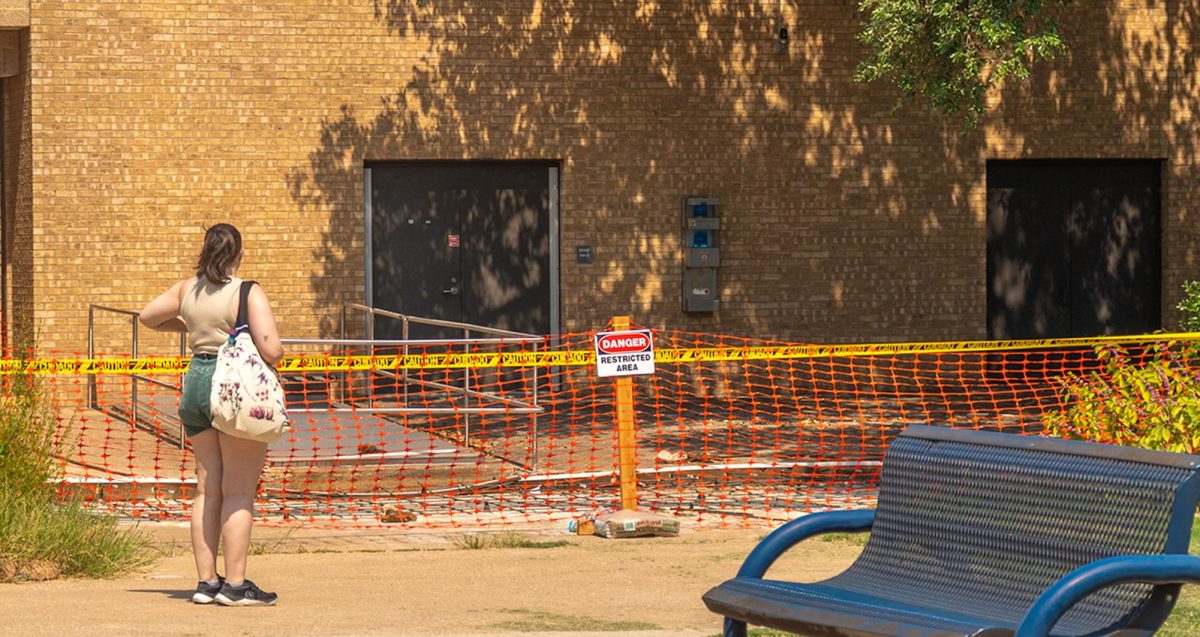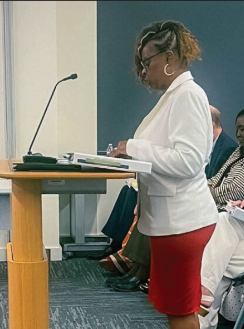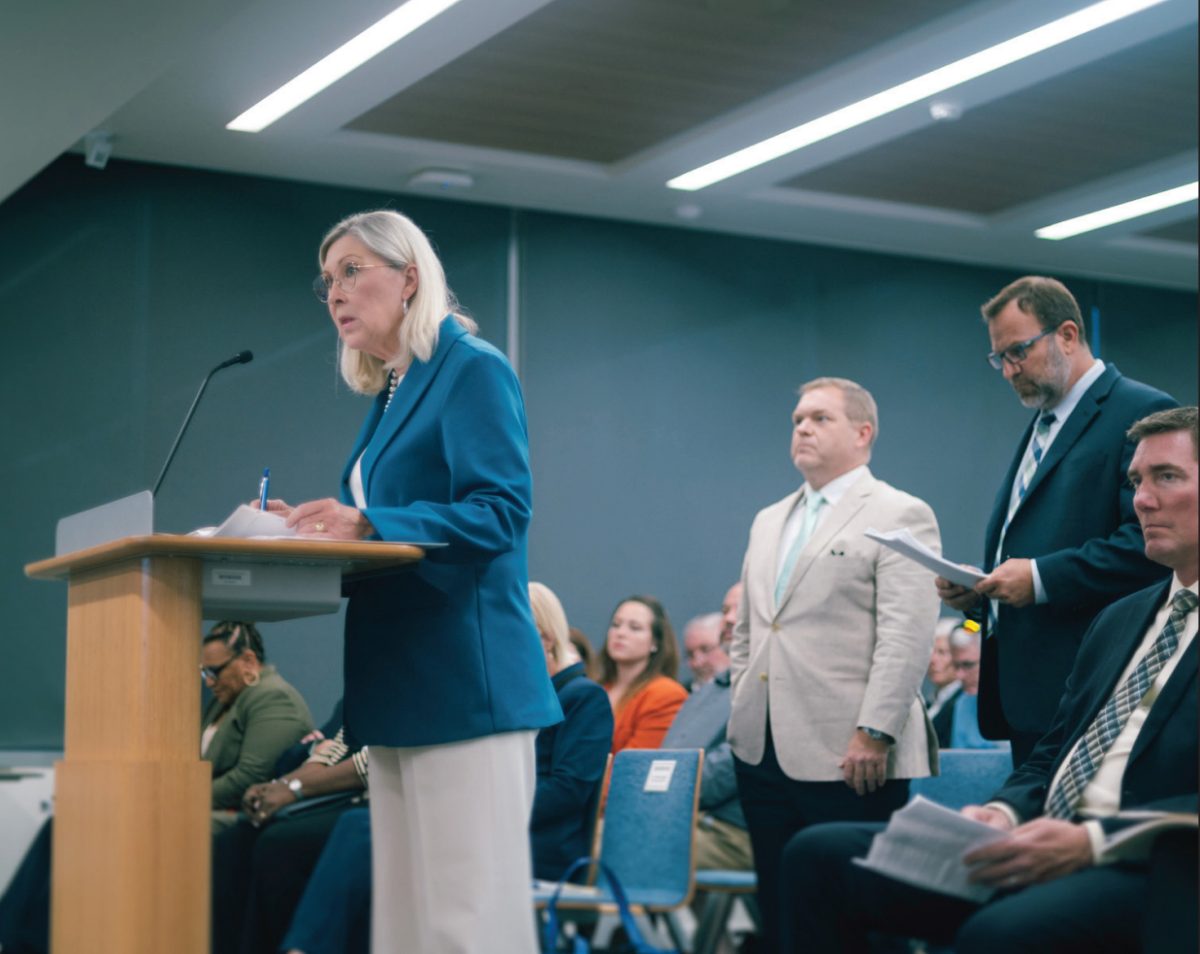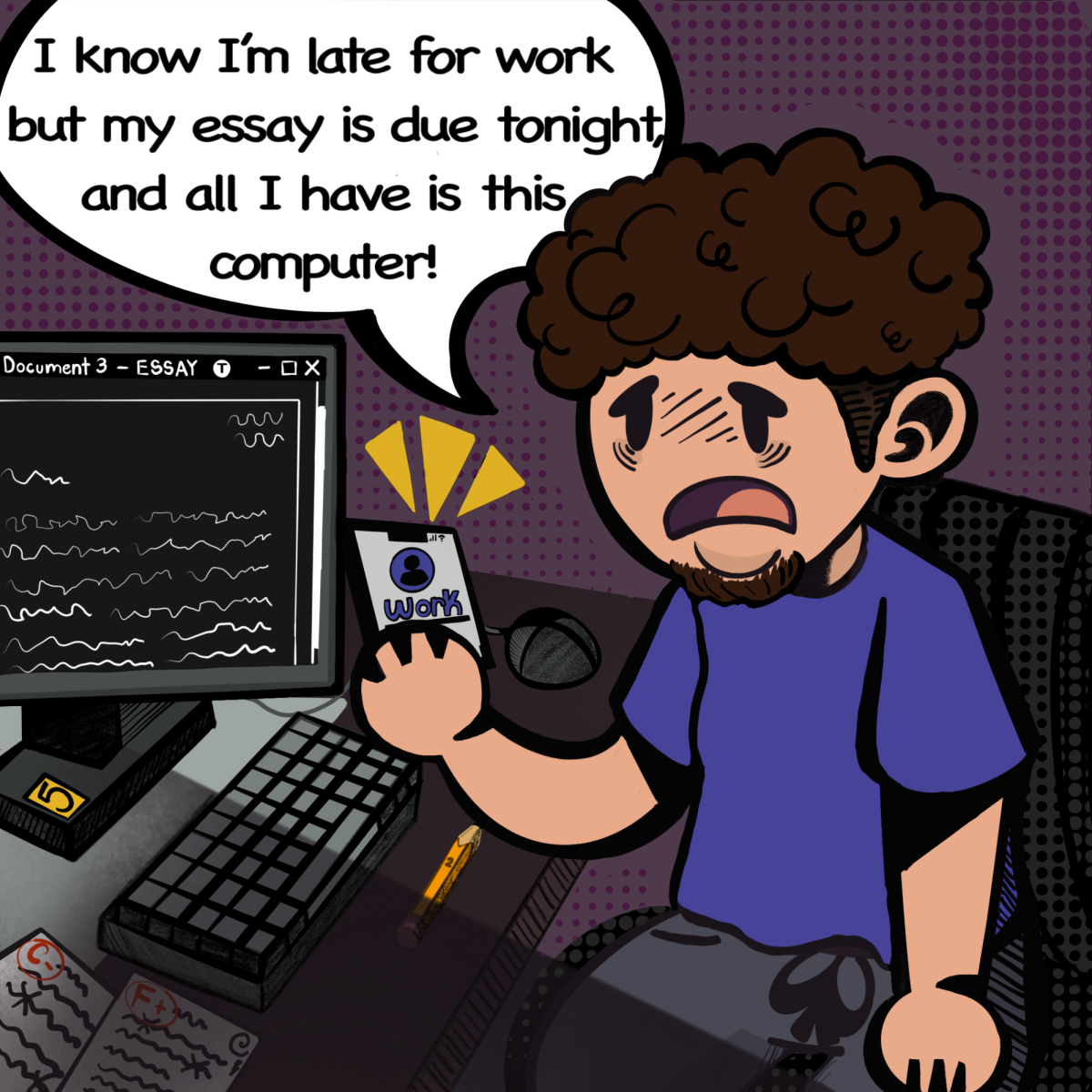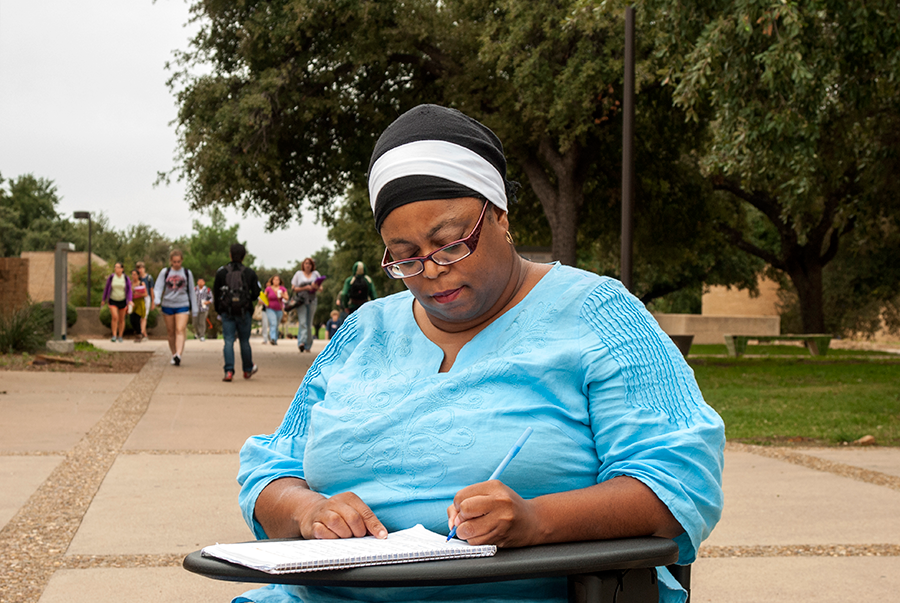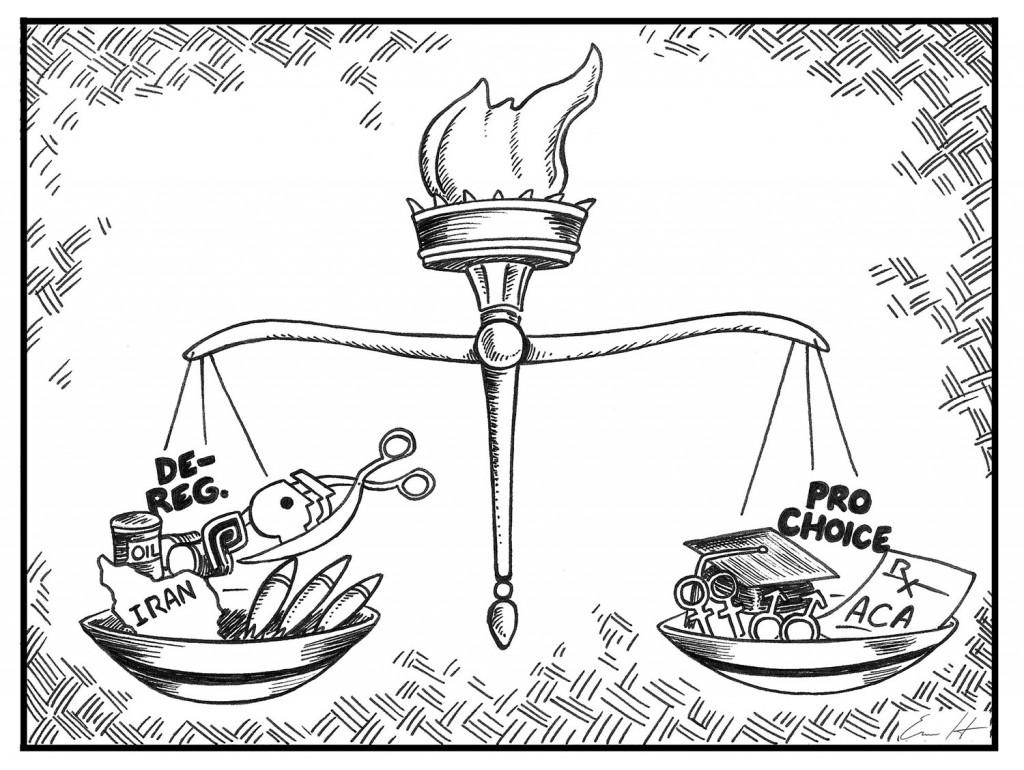Murals are not just art but also can be social and political commentaries and records of everyday life, a SE Campus audience learned Oct. 15.
Art instructor Kristina Elizondo summarized the philosophy of early 20th century muralists by quoting Mexico’s David Alfaro Siqueiros: “Art must no longer be the expression of individual satisfaction, which it is today, but should aim to become a fighting educative art for all.”
Elizondo began her Art Talk presentation discussing Mexican artist Diego Rivera’s large-scale frescos in Mexico and the United States.
“Diego Rivera painted in Paris from around 1915-1920,” she said. “However, he didn’t really develop a true signature style until he left Paris and returned to Mexico. Timing was key because he returned to Mexico right after the revolution when the country was in need of a new identity.”
Rivera, Siqueiros and José Clemente Orozco, known as “Los Tres Grandes,” were leaders of the muralist movement, Elizondo said. Although they had individual interests and styles, they shared a desire to foster indigenismo, or a sense of pride in Mexico’s indigenous past; to educate average Mexican citizens about history; and to create large-scale public works of art for everyone to enjoy instead of small works of art for wealthy, private citizens, she said.
Siqueiros also wrote, “We proclaim at this time of social change from a decrepit order to a new one, the creators of beauty must use their best efforts to produce ideological works for the people.”
It is not difficult to see strong communist themes in the muralist movement, Elizondo said, but the art being produced in the United States at the same time was more modern, abstract and individualistic.
As the muralists gained worldwide fame, their influence spread to the United States, Elizondo said. During the 1930s as part of the Works Progress Administration, the Federal Art Project employed more than 5,000 professional artists to create works of art in public spaces around the United States, including many post office murals that are still on display today.
“During the civil rights movement, Chicano and African-American artists used large-scale, public murals to galvanize their communities,” she said.
Elizondo said the “No Compre Vino Gallo” or “Don’t Drink Gallo Wine” mural illustrates the ideals behind the labor strike led by civil rights leader Cesar Chavez.
“The parallels between that mural and the murals of Diego Rivera 50 years earlier are striking,” she said.
Audience members praised Elizondo not only for her knowledge but also for her persuasiveness.
Student Jessi Cortez praised “her ability to show artists’ passion.”
“I was very interested that Diego Rivera was communist and his political influence was not only in Mexico, but also in the United States,” said Austin Lankford, a UT-Arlington student.
— Chan Mon

